Home>Articles>How To Store Aloe Vera Leaf Without Refrigeration
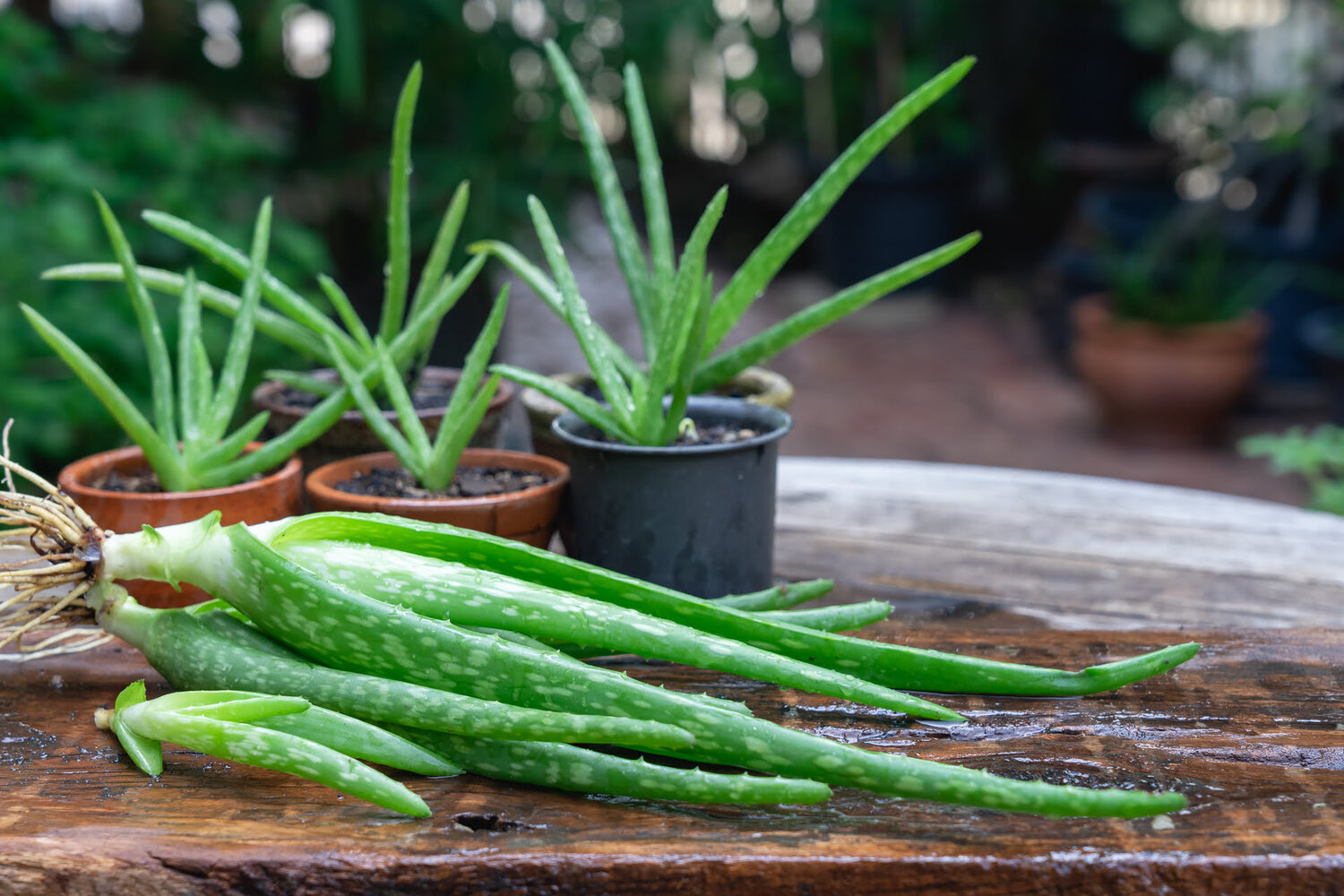

Articles
How To Store Aloe Vera Leaf Without Refrigeration
Modified: February 23, 2024
Learn how to store Aloe Vera leaf without refrigeration in this informative article. Find out the best methods to preserve the freshness and potency of Aloe Vera leaves for longer use.
(Many of the links in this article redirect to a specific reviewed product. Your purchase of these products through affiliate links helps to generate commission for Storables.com, at no extra cost. Learn more)
Introduction
If you’re a fan of natural remedies, you probably already know about the incredible benefits of aloe vera. This amazing plant has been used for centuries for its healing properties and is a staple in many households around the world. Aloe vera gel is known for its soothing effects on sunburns and skin irritations, but did you know that the leaf itself can also be used for various purposes?
Whether you have an aloe vera plant in your garden or you’ve purchased a fresh leaf from a store, knowing how to store it properly is essential to maximize its shelf life. While refrigeration is commonly used to prolong the lifespan of many perishable items, aloe vera leaf can be stored without the need for refrigeration. In this article, we’ll explore different methods and tips to store aloe vera leaf without refrigeration.
Before we delve into the storage methods, let’s first understand why storing aloe vera leaf is beneficial. The leaves of the aloe vera plant contain a gel-like substance, rich in vitamins, minerals, and antioxidants, which possess numerous health and skincare benefits. By properly storing the leaves, you can preserve these beneficial properties and have them readily available whenever needed.
Key Takeaways:
- Preserve the Benefits: Store aloe vera leaf without refrigeration using air drying, freezing, dehydrating, or storing in gel form. Enjoy the plant’s skincare, dietary, and medicinal uses conveniently.
- Extend Shelf Life: Follow proper preparation and storage methods to maximize the shelf life of aloe vera leaf. Label, date, and protect the stored leaf sections or gel to ensure freshness and quality for future use.
Read more: How To Store An Aloe Vera Leaf
Why Store Aloe Vera Leaf?
There are several reasons why you might want to store aloe vera leaf. Firstly, aloe vera gel is widely used for its soothing and healing properties. It can provide relief from sunburns, rashes, and minor skin irritations. By storing aloe vera leaf, you can have a ready supply of fresh gel whenever you need it.
In addition to its topical uses, aloe vera gel can also be consumed internally. It is well-known for its digestive benefits and has been used to alleviate symptoms of acid reflux, bloating, and indigestion. By storing aloe vera leaf, you can easily extract the gel and incorporate it into your diet or use it to make homemade remedies.
Another reason to store aloe vera leaf is for its beauty and skincare benefits. Aloe vera gel is a common ingredient in many commercial beauty products due to its moisturizing and anti-aging properties. Storing the leaf allows you to have a fresh and natural source of gel for use in homemade skincare recipes.
Furthermore, aloe vera leaf contains a substance called aloin, which has natural laxative properties. This makes it a popular natural remedy for constipation and digestive issues. By properly storing aloe vera leaf, you can harness this natural laxative effect whenever needed.
Lastly, storing aloe vera leaf can save you money in the long run. Instead of constantly purchasing aloe vera gel or skincare products containing aloe vera, having a fresh supply of gel from stored leaves can be more cost-effective.
Now that you understand the benefits of storing aloe vera leaf, let’s move on to how to prepare the leaves and the different methods of storage.
Preparing Aloe Vera Leaf for Storage
Before you start storing aloe vera leaf, it’s important to properly prepare the leaves to ensure freshness and longevity. Here are the steps to follow:
- Choose fresh, healthy leaves: Select mature leaves that are firm and free from any blemishes or damage.
- Clean the leaves: Rinse the leaves thoroughly under cool water to remove any dirt or debris.
- Remove the thorns: Use a sharp knife to carefully trim and remove the thorny edges of the leaf. Be cautious to avoid any injuries.
- Slice the leaf: Cut the leaf into smaller sections or slices that are convenient for storage and future use. You can remove the green outer skin if desired or leave it intact.
- Store in airtight containers: Place the prepared aloe vera leaf sections in airtight containers or freezer bags to prevent moisture loss and maintain freshness.
By following these preparation steps, you can ensure that your aloe vera leaf is clean, free from thorns, and ready for storage.
Now that you’ve prepared the aloe vera leaf, let’s explore the different methods of storing it without refrigeration.
Storage Methods for Aloe Vera Leaf
When it comes to storing aloe vera leaf without refrigeration, there are several methods you can choose from. Each method offers different advantages and suits various preferences. Let’s explore the most common storage methods:
Method 1: Air Drying
Air drying is a simple and effective method to preserve aloe vera leaf. Here’s how you can do it:
- Place the sliced aloe vera leaf sections on a clean, dry surface.
- Allow the leaves to dry in a well-ventilated area for several days until they become dry and brittle.
- Store the dried aloe vera leaf sections in an airtight container or seal them in a freezer bag to keep them protected from moisture.
Dried aloe vera can be rehydrated by soaking it in water before use. This method is ideal if you plan to use aloe vera for topical applications or to make homemade skincare products.
Read more: How To Store An Aloe Vera Leaf
Method 2: Freezing
Freezing aloe vera leaf is another excellent way to store it for a longer period. Here’s how you can freeze aloe vera:
- Place the sliced aloe vera leaf sections in a single layer on a baking sheet or tray.
- Flash freeze the tray in the freezer for a couple of hours until the leaves are solid.
- Transfer the frozen aloe vera leaf sections into airtight containers or freezer bags.
Frozen aloe vera can be easily thawed whenever needed. This method is great if you prefer to have the gel-like consistency of aloe vera for topical applications or consumption.
Method 3: Dehydrating
Dehydrating aloe vera leaf is an alternative to air drying. Here’s how you can dehydrate aloe vera:
- Use a food dehydrator following the manufacturer’s instructions or spread the aloe vera leaf sections on a baking sheet.
- Set the dehydrator or oven to a low temperature (around 100°F or 38°C) and let the leaves dehydrate for several hours until they are dry and crispy.
- Store the dehydrated aloe vera leaf sections in an airtight container or freezer bag.
Dehydrated aloe vera can be rehydrated by soaking it in water before use. This method works well if you prefer a powdered form of aloe vera for various purposes.
Method 4: Storing in Gel Form
If you prefer to store aloe vera in its gel form, it’s best to extract the gel from the leaves and store it separately. Here’s how you can do it:
- Cut the aloe vera leaf sections lengthwise and scoop out the gel using a spoon or knife.
- Transfer the gel into clean, airtight containers or ice cube trays.
- Seal the containers or cover the ice cube trays, and store them in the refrigerator or a cool, dark place.
This method allows you to have readily available aloe vera gel for topical applications, internal consumption, or homemade skincare products.
Choose the storage method that best suits your preferences and intended use of aloe vera. Whichever method you choose, it’s important to label and date your stored aloe vera leaf sections or gel for easy identification.
Now that you know the different storage methods, here are some tips to extend the shelf life of your stored aloe vera leaf.
Method 1: Air Drying
Air drying is a simple and effective method to preserve aloe vera leaf. It allows you to maintain the natural state of the leaf while removing moisture and extending the shelf life. Here’s how you can air dry aloe vera leaf:
- Prepare the aloe vera leaf by rinsing it under cool water to remove any dirt or debris.
- Use a sharp knife to carefully remove the thorny edges of the leaf. Be cautious to avoid any injuries.
- Slice the leaf into smaller sections or cut it into manageable sizes for drying.
- Place the sliced aloe vera leaf sections on a clean, dry surface. Ensure that they are placed in a single layer, with enough space between each piece for proper airflow.
- Allow the leaves to dry in a well-ventilated area away from direct sunlight. A dry room or an open shelf in the kitchen can be suitable for this purpose.
- Leave the aloe vera leaf sections to air dry for several days. The length of time may vary depending on the humidity levels in your area, but it typically takes around 5-7 days for the leaves to become dry and brittle.
- Check the progress periodically by gently touching the leaves. They should feel dry and crispy when fully dried.
- Once the aloe vera leaf sections are completely dry, remove them from the drying area and allow them to cool down to room temperature.
- Store the dried aloe vera leaf sections in an airtight container or seal them in a freezer bag to keep them protected from moisture and air exposure.
Dried aloe vera can be rehydrated by soaking it in water before use. This method is ideal if you plan to use aloe vera for topical applications or to make homemade skincare products.
Remember to label the container with the date of drying for reference. Properly dried aloe vera leaf can be stored and used for up to a year if kept in a cool, dry place.
Air drying is a cost-effective and simple method to store aloe vera leaf without refrigeration. By taking the time to properly air dry the leaves, you can maintain their beneficial properties and have a ready supply of aloe vera for your skincare, dietary, or medicinal needs.
Read more: How To Store Fresh Aloe Vera Leaf
Method 2: Freezing
Freezing aloe vera leaf is a convenient method that helps preserve its freshness and extend its shelf life. Freezing not only locks in the nutrients but also maintains the gel-like consistency of the leaf. Here’s how you can freeze aloe vera leaf:
- Prepare the aloe vera leaf by rinsing it under cool water to remove any dirt or debris.
- Trim off the thorny edges of the leaf using a sharp knife. Take caution to avoid any injuries.
- Cut the leaf into smaller sections or slices that are convenient for storage and future use.
- Place the sliced aloe vera leaf sections in a single layer on a baking sheet or tray. Ensure that the pieces are not touching each other.
- Flash freeze the tray of aloe vera leaf sections by placing it in the freezer for a couple of hours. This initial freezing allows the pieces to become solid and prevents clumping during long-term storage.
- Transfer the frozen aloe vera leaf sections into airtight containers or freezer bags. Make sure to remove any excess air from the containers or bags before sealing them tightly.
- Label the containers with the date of freezing for future reference.
Frozen aloe vera can be easily thawed whenever needed. The gel-like consistency of the leaf remains intact after thawing, making it suitable for various applications. To thaw aloe vera leaf sections, simply transfer them from the freezer to the refrigerator and allow them to thaw slowly overnight or for a few hours. Avoid thawing them at room temperature, as this can cause unwanted texture changes.
It’s important to note that freezing aloe vera may slightly change its texture. However, the beneficial properties and nutritional content of the leaf remain intact. Frozen aloe vera leaf can be stored for up to a year if kept in a consistent cold temperature, such as a freezer set at or below 0°F (-18°C).
Freezing aloe vera leaf is a convenient storage method, as it allows you to have a readily available supply of gel-like aloe vera for topical applications or consumption. Whether you freeze the whole leaf or individual slices, this method ensures that you can enjoy the benefits of aloe vera whenever you need them.
Method 3: Dehydrating
Dehydrating aloe vera leaf is an excellent method to preserve it for long-term storage. Dehydration removes the moisture from the leaf, extending its shelf life while maintaining its beneficial properties. Here’s how you can dehydrate aloe vera leaf:
- Prepare the aloe vera leaf by rinsing it under cool water to remove any dirt or debris.
- Trim off the thorny edges of the leaf using a sharp knife. Take caution to avoid any injuries.
- Cut the leaf into smaller sections or slices that are manageable for dehydration.
- Use a food dehydrator following the manufacturer’s instructions or spread the aloe vera leaf sections evenly on a baking sheet.
- Set the dehydrator or the oven to a low temperature, around 100°F (38°C), and allow the leaves to dehydrate for several hours. The exact drying time will depend on the thickness of the leaves and the moisture content.
- Check the progress periodically. The aloe vera leaf sections should be dry, crisp, and easily breakable when fully dehydrated.
- Allow the dehydrated aloe vera leaf sections to cool completely before storing them.
- Transfer the dehydrated aloe vera leaf sections to an airtight container or seal them in a freezer bag. Properly sealed containers or bags help prevent moisture absorption and protect the leaves from air exposure.
- Label the container with the date of dehydration for future reference.
Dehydrated aloe vera can be rehydrated by soaking it in water before use. Simply place the dried sections in a bowl of water and let them sit for a few minutes to rehydrate. The rehydrated aloe vera can then be used for various applications, such as skincare treatments or dietary supplements.
Properly dehydrated aloe vera leaf can be stored in a cool, dry place for an extended period, typically up to a year. The dried sections should retain their beneficial properties, making them convenient for later use in homemade skincare products, herbal remedies, or culinary preparations.
Dehydrating aloe vera leaf is a great option if you prefer a powdered form of aloe vera or if you want to add it to recipes that require a dry texture. By dehydrating the leaves, you can preserve the beneficial qualities of aloe vera and enjoy its versatile benefits whenever you need them.
Store aloe vera leaf at room temperature in a cool, dry place away from direct sunlight. Wrap the cut end in a damp paper towel and place it in a plastic bag to keep it fresh for up to a week.
Method 4: Storing in Gel Form
If you prefer to store aloe vera in its gel form, extracting the gel from the leaves and storing it separately is the way to go. This method allows you to have readily available aloe vera gel for various applications. Here’s how you can store aloe vera in gel form:
- Prepare the aloe vera leaf by rinsing it under cool water to remove any dirt or debris.
- Trim off the thorny edges of the leaf using a sharp knife. Take caution to avoid any injuries.
- Cut the leaf lengthwise to expose the gel-filled inner portion.
- Using a spoon or knife, carefully scoop out the gel from the leaf. Be sure to collect as much of the gel as possible.
- Transfer the collected gel into clean, airtight containers or ice cube trays. If using ice cube trays, fill each compartment with the gel.
- Seal the containers tightly or cover the ice cube trays with plastic wrap.
- Store the containers or trays in the refrigerator or a cool, dark place away from direct sunlight.
Label the containers or trays with the date of extraction for future reference.
The gel-like aloe vera can be used directly from the stored containers or trays. It remains in a semi-solid state at refrigerator temperatures, making it convenient for topical applications or consumption.
Stored aloe vera gel can typically last for several weeks to a couple of months when kept in the refrigerator or in a cool, dark place. However, it’s always advisable to inspect the gel for any signs of spoilage before use. If you notice any unusual odor, discoloration, or changes in texture, it’s best to discard the gel and prepare a fresh batch.
Storing aloe vera in gel form allows you to have a readily available supply of the gel for various purposes. Whether you use it for skincare, dietary supplements, or homemade remedies, having stored aloe vera gel on hand ensures that you can harness its numerous benefits whenever you need them.
Tips for Extended Shelf Life
To ensure the maximum shelf life and quality of stored aloe vera leaf, here are some tips to follow:
- Properly label and date the containers or bags containing the stored aloe vera leaf sections. This will help you keep track of their freshness and ensure you use the oldest ones first.
- Store the aloe vera leaf in a cool, dry place away from direct sunlight. Exposure to heat and light can degrade the quality of the leaf and shorten its shelf life.
- Avoid storing aloe vera leaf near strong odors or chemicals, as it can absorb odors easily, compromising its quality.
- Regularly inspect the stored aloe vera leaf for any signs of mold, discoloration, or spoilage. If you notice any abnormalities, discard the affected sections and use the remaining ones promptly.
- Do not store aloe vera leaf in the same container as other fruits or vegetables. Aloe vera produces a natural latex that can accelerate the ripening process of other produce, potentially causing them to spoil sooner.
- Keep the stored aloe vera leaf sections protected from moisture and air exposure. Moisture and air can lead to deterioration and spoilage. Ensure containers or bags are tightly sealed to minimize moisture absorption and air contact.
- If using airtight containers, consider using small portions or dividing the aloe vera leaf into smaller sections. This allows you to thaw or rehydrate only the amount needed at a time, preserving the rest for future use.
- When using the stored aloe vera leaf, practice proper hygiene and use clean utensils to prevent cross-contamination. This helps maintain the quality and safety of the leaf.
By following these tips, you can extend the shelf life of your stored aloe vera leaf and ensure that it remains fresh and usable for as long as possible.
Now that you have a good understanding of the different storage methods and tips for storing aloe vera leaf without refrigeration, you can confidently preserve the benefits of this amazing plant and enjoy its various applications whenever you need them.
Read more: How To Store Aloe Vera Leaf For Face
Conclusion
Storing aloe vera leaf without refrigeration is a simple yet effective way to preserve its beneficial properties and maximize its shelf life. Whether you choose to air dry, freeze, dehydrate, or store in gel form, each method offers its own advantages and suits different preferences and intended uses of aloe vera.
By properly preparing the aloe vera leaf and following the recommended storage methods, you can ensure that you have a readily available supply of aloe vera gel or rehydratable leaf sections for various applications. Whether you use aloe vera for skincare, dietary supplements, or homemade remedies, having stored leaf sections or gel allows you to harness its numerous benefits conveniently.
Remember to label and date your storage containers or trays, and periodically check the stored aloe vera leaf for any signs of spoilage. By following proper storage practices and adhering to hygiene guidelines, you can extend the shelf life of the aloe vera leaf and ensure its freshness and quality.
Experiment with different storage methods and find the one that best suits your needs and preferences. Whether you prefer the simplicity of air drying, the convenience of freezing, the versatility of dehydration, or the instant usability of stored gel, all these methods allow you to enjoy the benefits of aloe vera whenever you need them.
So, go ahead and start storing your aloe vera leaf without refrigeration. With the right storage method and proper attention to preservation, you can make the most of this incredible plant and its numerous health and skincare applications.
Remember, the power of aloe vera is in your hands, so take advantage of it and experience the wonders it can bring to your life.
Frequently Asked Questions about How To Store Aloe Vera Leaf Without Refrigeration
Was this page helpful?
At Storables.com, we guarantee accurate and reliable information. Our content, validated by Expert Board Contributors, is crafted following stringent Editorial Policies. We're committed to providing you with well-researched, expert-backed insights for all your informational needs.
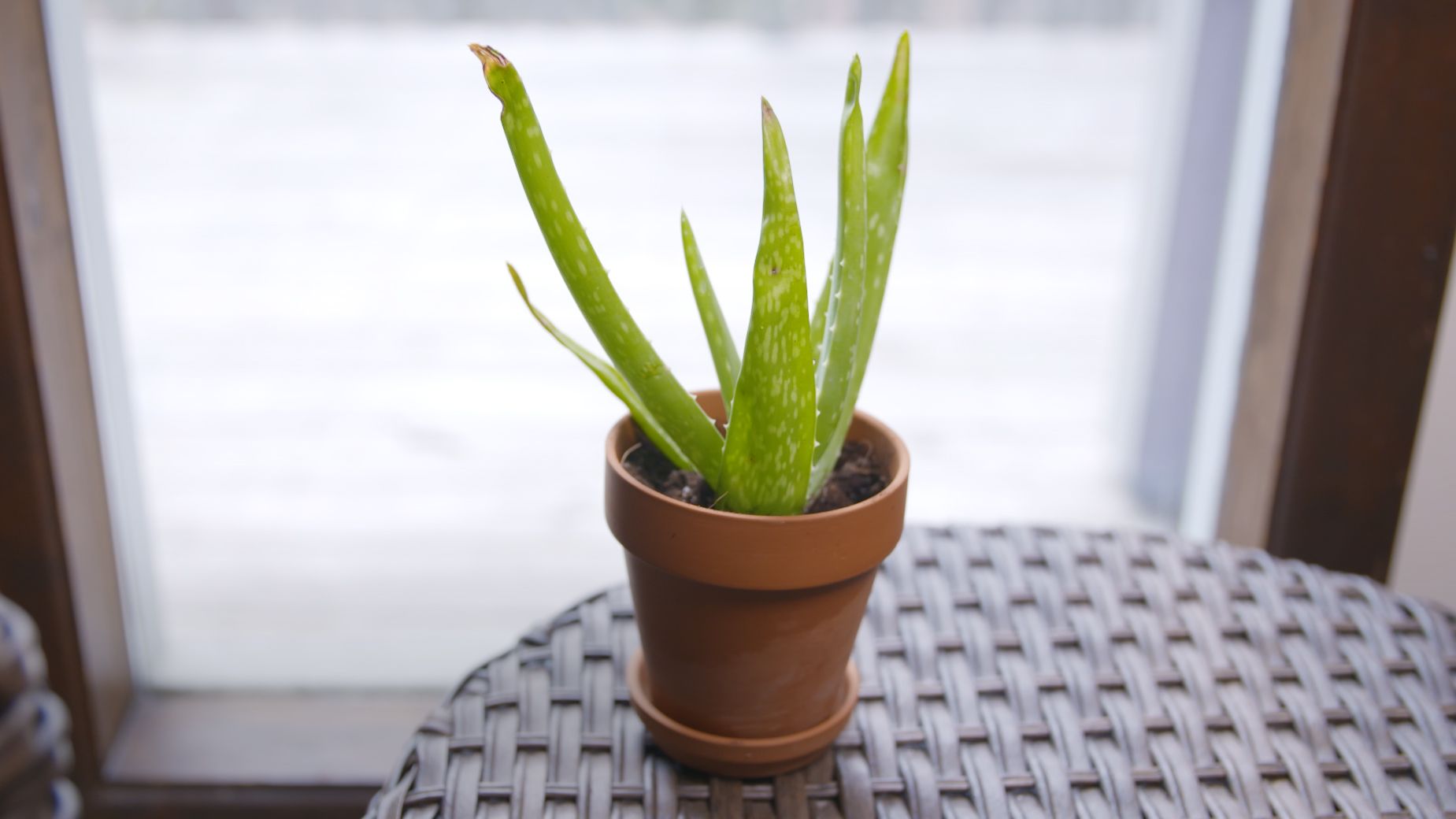
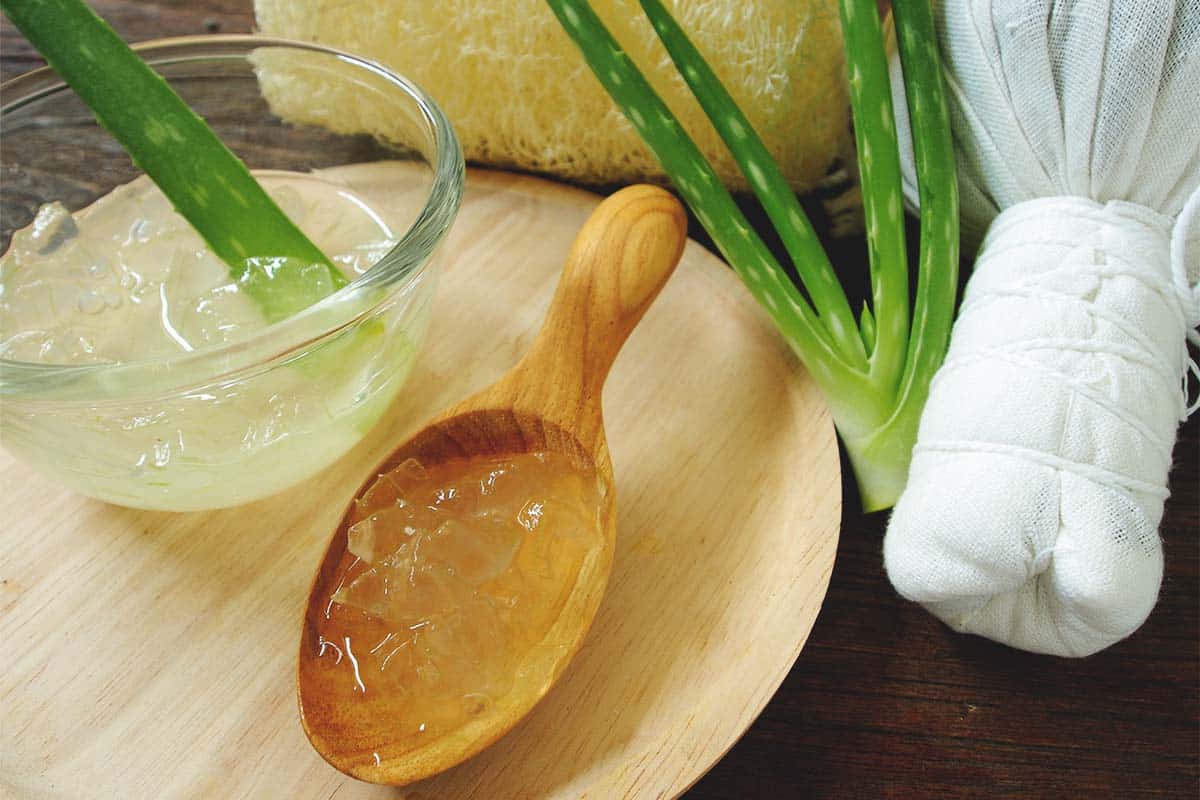
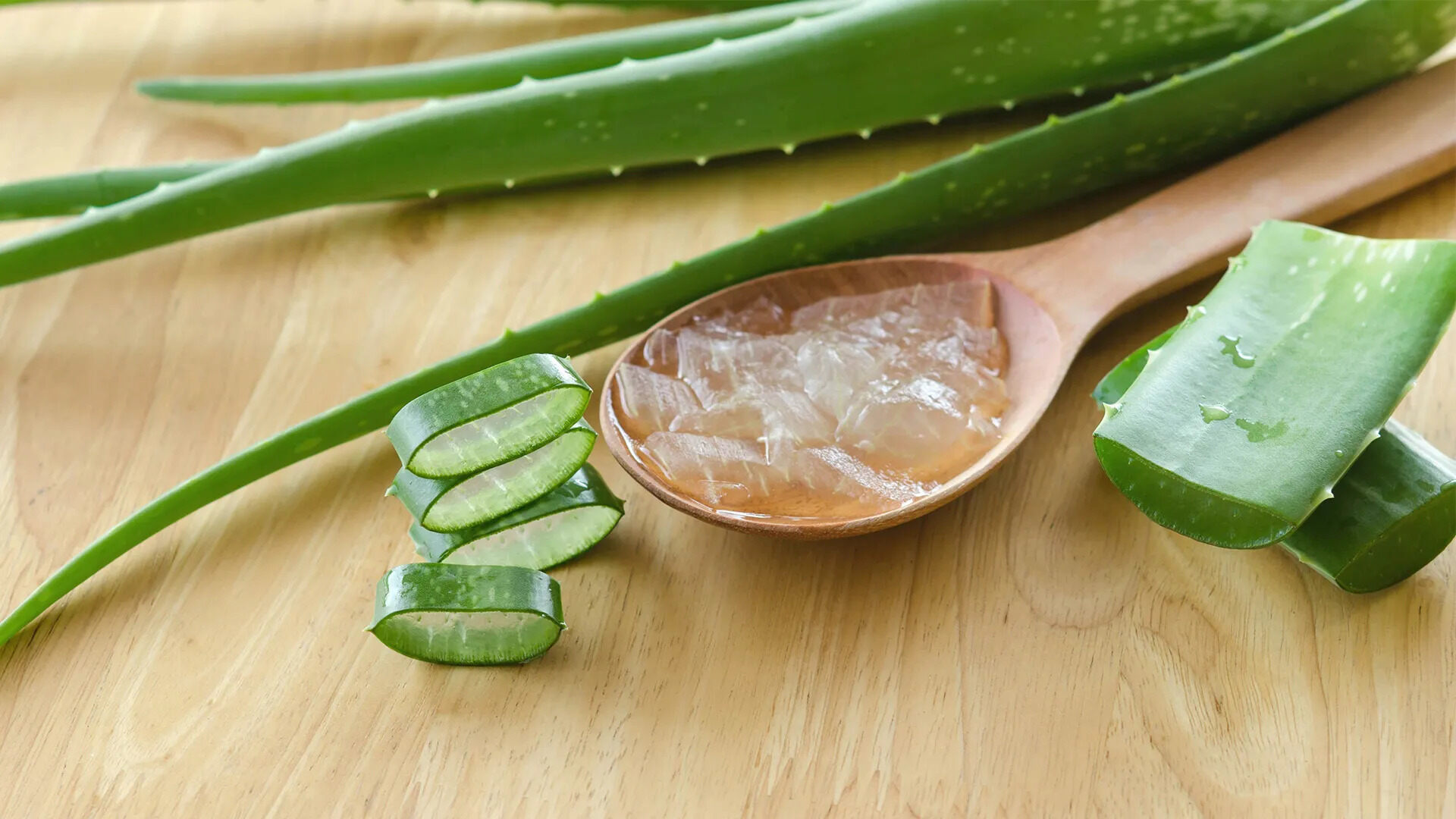
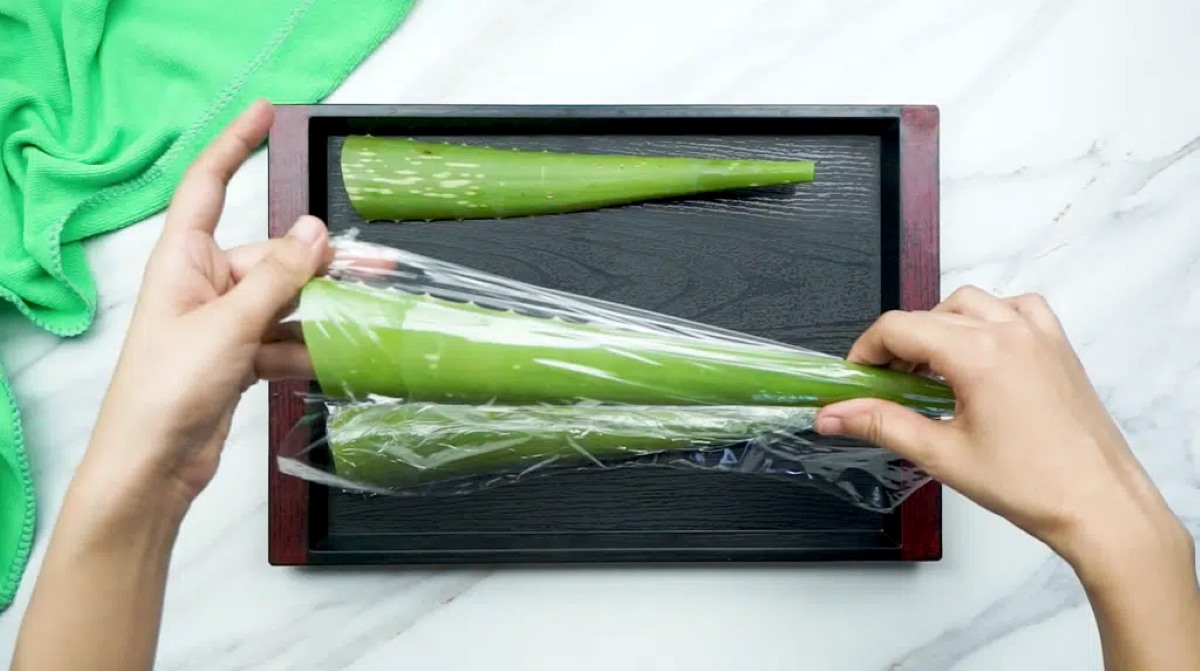
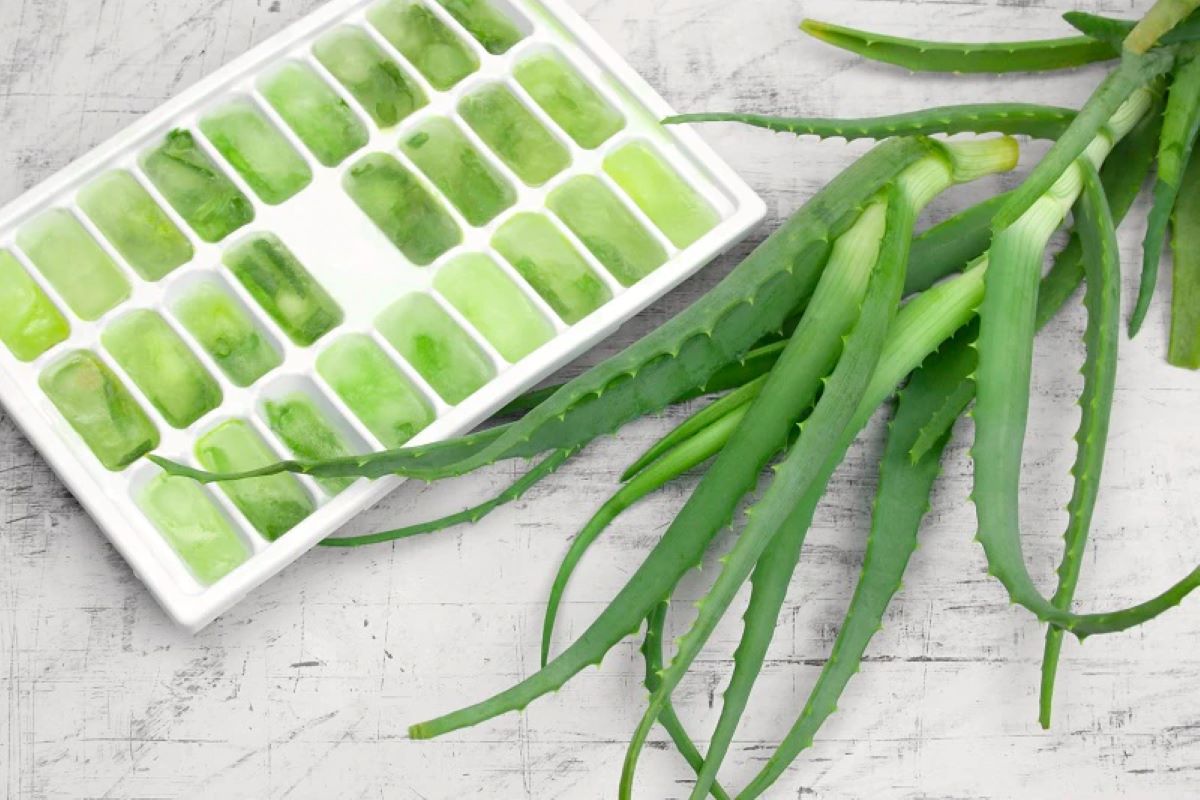
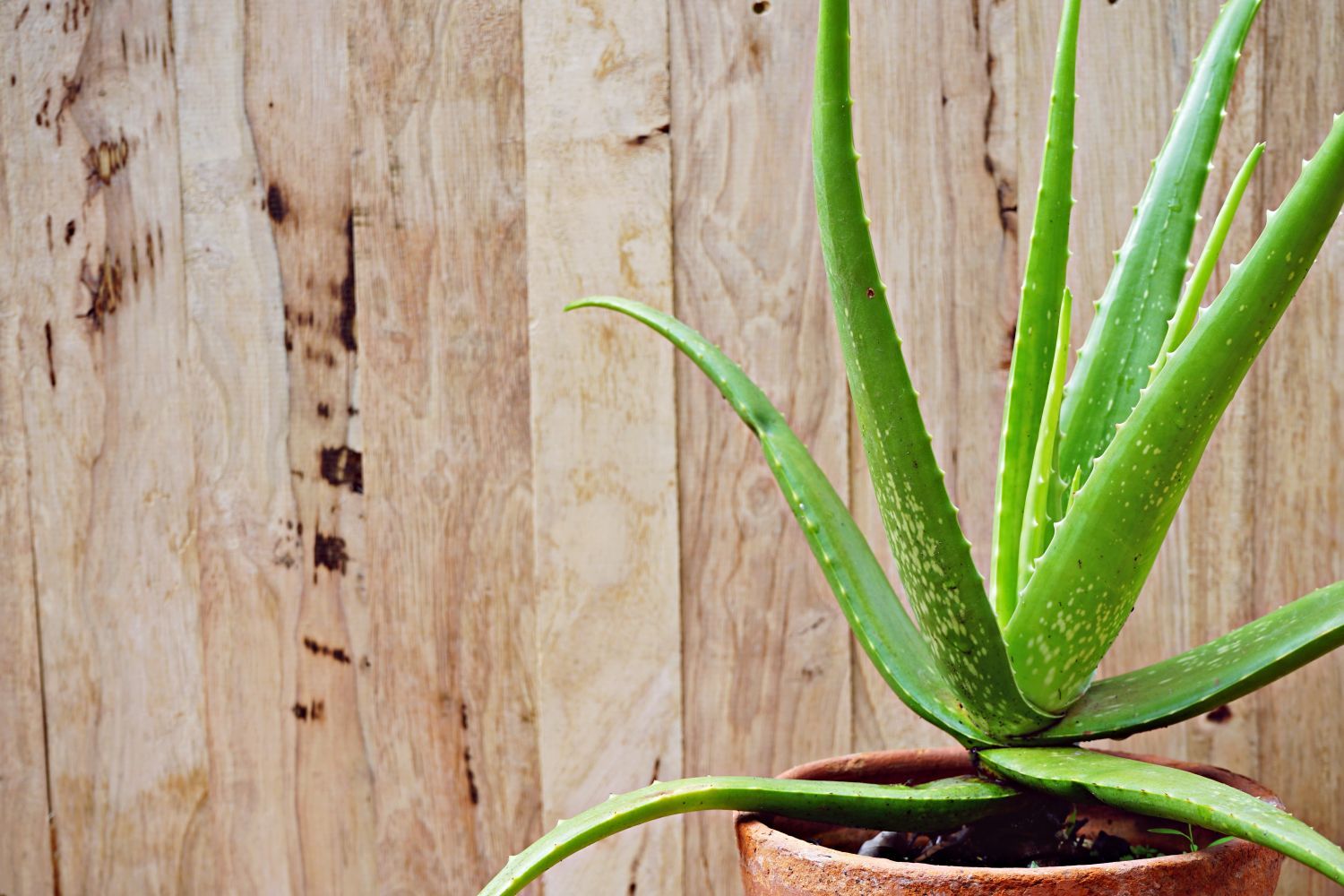
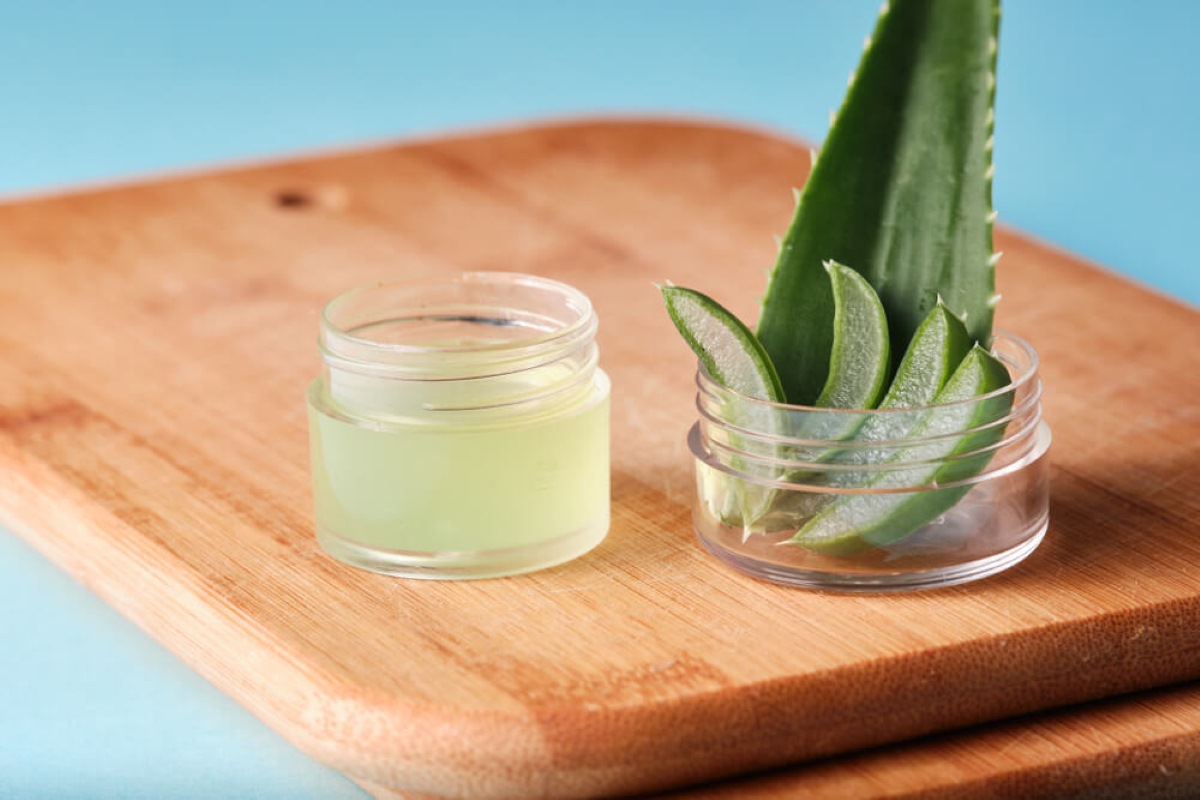
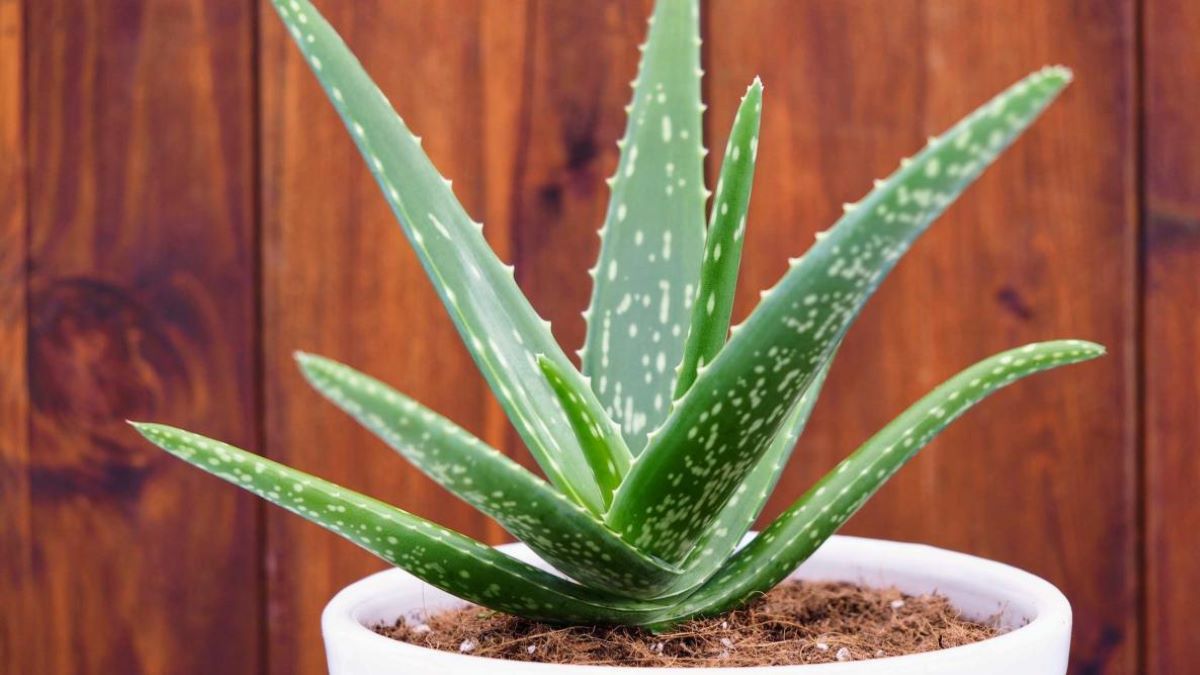
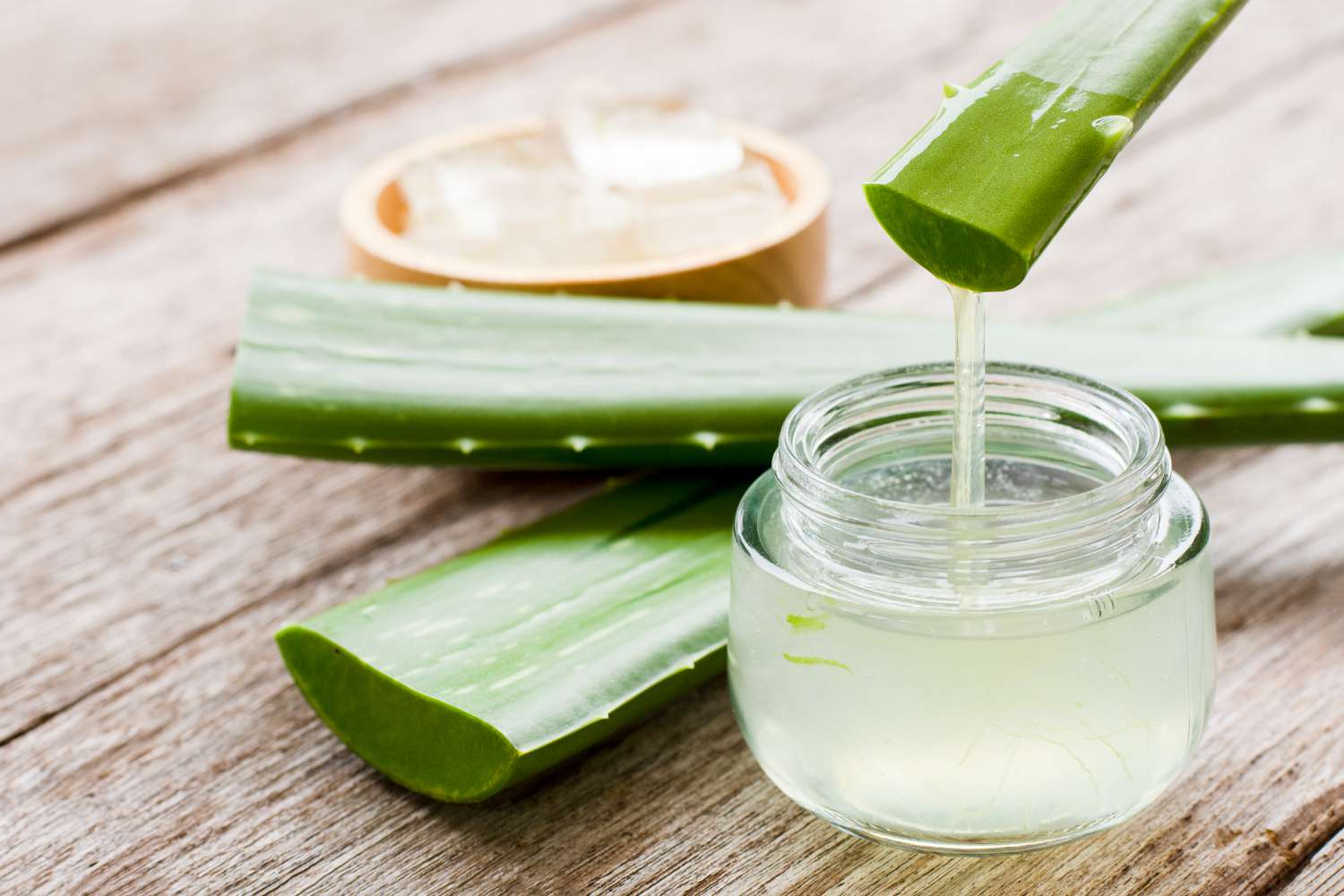
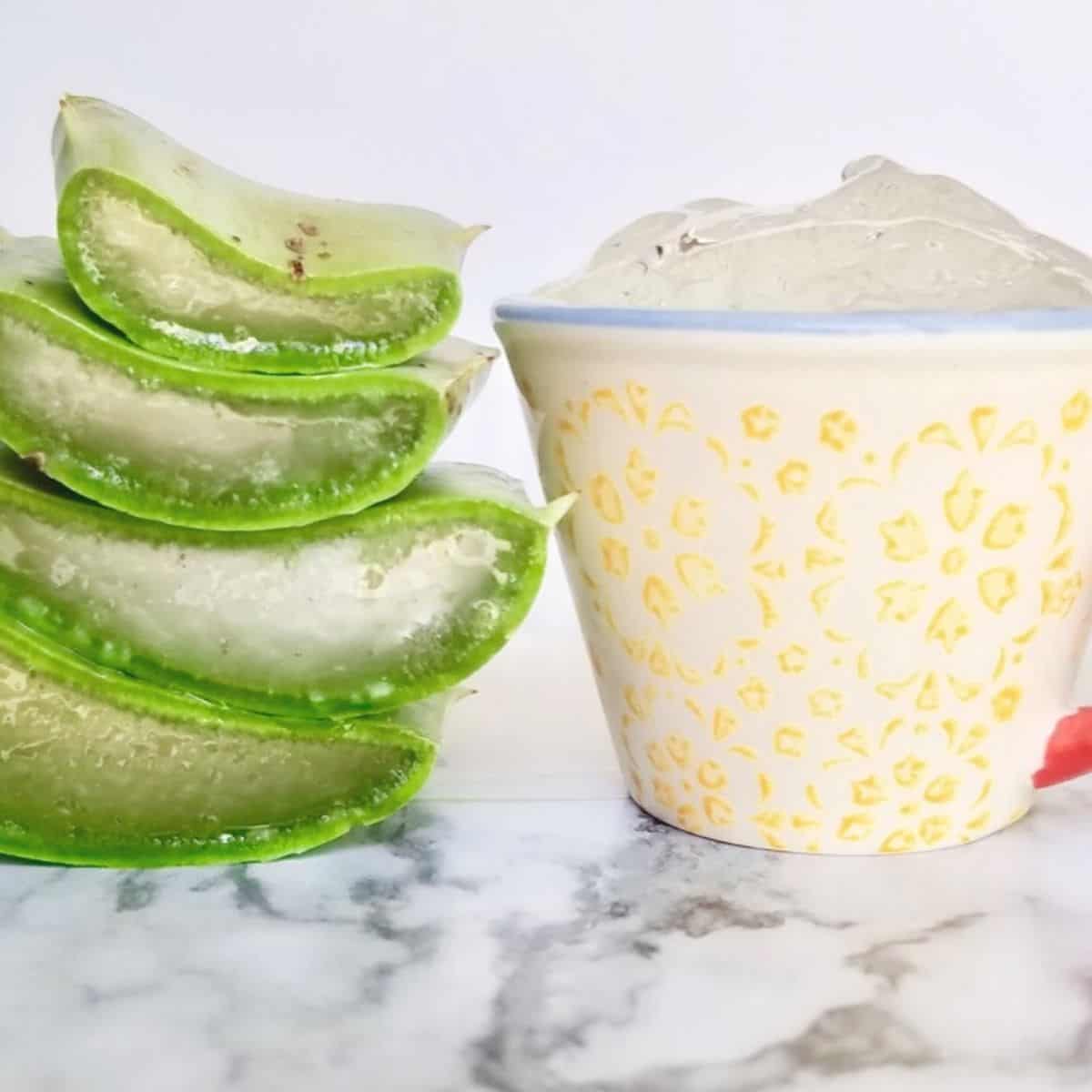
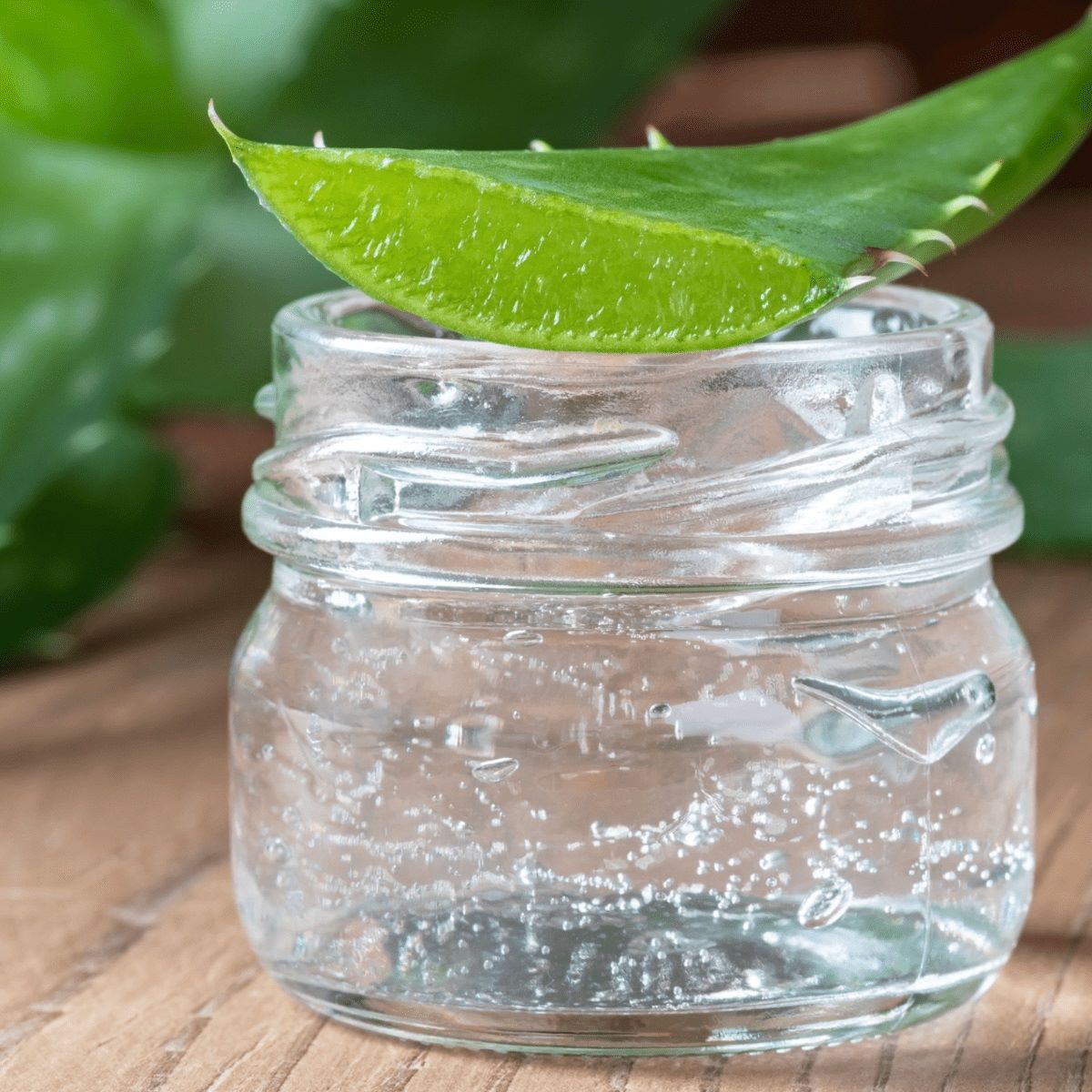
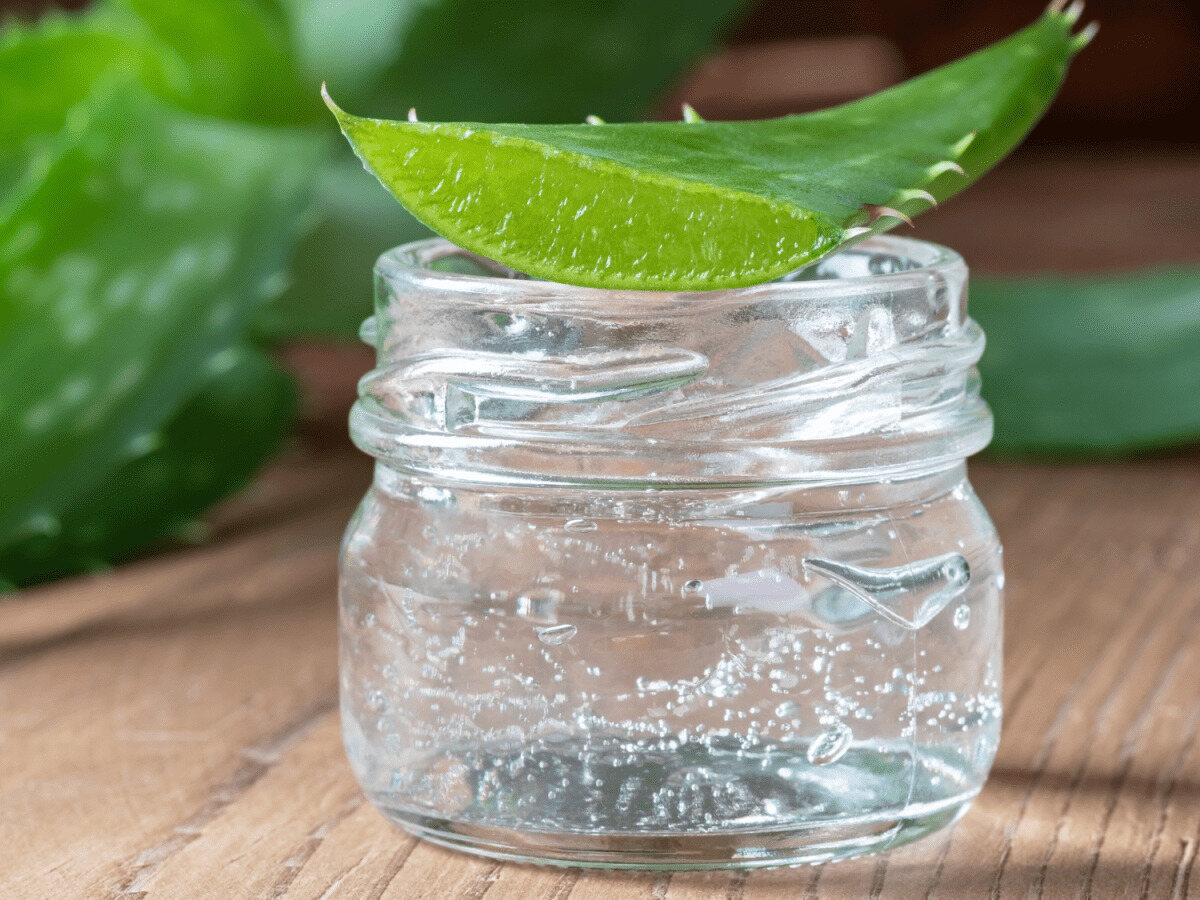

0 thoughts on “How To Store Aloe Vera Leaf Without Refrigeration”